Canyons
A canyon is a deep, narrow valley with steep sides, often with a stream or river running along the bottom. Canyons are typically formed by the erosion of the land by water and wind over a long period of time. They are common in arid or semi-arid regions and can vary in size from small, narrow ravines to large, deep gorges.
Formation of Canyons
Canyons are primarily formed through the process of erosion. Water from rivers and streams, as well as wind and ice, gradually wear away the rock and soil, carving out the canyon over thousands or even millions of years. The type of rock and the force of the erosional agents play a significant role in shaping the canyon's features.
Study Guide
- What is a canyon?
- A canyon is a deep, narrow valley with steep sides, often with a stream or river running along the bottom. - How are canyons formed?
- Canyons are primarily formed through the process of erosion by water, wind, and ice over a long period of time. - Where are canyons commonly found?
- Canyons are common in arid or semi-arid regions, but can also be found in other geological settings. - What role does the type of rock play in canyon formation?
- The type of rock can affect the shape and features of a canyon, as some rocks are more resistant to erosion than others. - Give an example of a famous canyon.
- The Grand Canyon in the United States is one of the most famous canyons in the world.
[Canyons] Related Worksheets and Study Guides:
.◂Science Worksheets and Study Guides Eighth Grade. Plate tectonics
Study Guide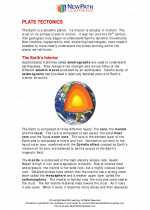 Plate tectonics
Plate tectonics  Activity Lesson
Activity Lesson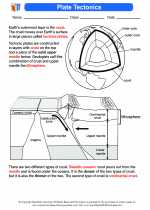 Plate Tectonics
Plate Tectonics  Worksheet/Answer key
Worksheet/Answer key Plate tectonics
Plate tectonics  Worksheet/Answer key
Worksheet/Answer key Plate tectonics
Plate tectonics  Worksheet/Answer key
Worksheet/Answer key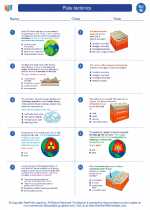 Plate tectonics
Plate tectonics  Worksheet/Answer key
Worksheet/Answer key Plate tectonics
Plate tectonics  Vocabulary/Answer key
Vocabulary/Answer key Plate tectonics
Plate tectonics  Vocabulary/Answer key
Vocabulary/Answer key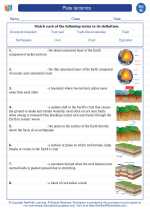 Plate tectonics
Plate tectonics  Vocabulary/Answer key
Vocabulary/Answer key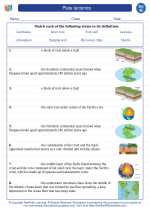 Plate tectonics
Plate tectonics  Vocabulary/Answer key
Vocabulary/Answer key Plate tectonics
Plate tectonics  Vocabulary/Answer key
Vocabulary/Answer key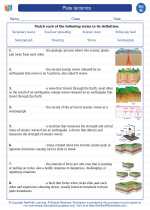 Plate tectonics
Plate tectonics  Vocabulary/Answer key
Vocabulary/Answer key Plate tectonics
Plate tectonics  Vocabulary/Answer key
Vocabulary/Answer key Plate tectonics
Plate tectonics 

 Activity Lesson
Activity Lesson
 Worksheet/Answer key
Worksheet/Answer key
 Worksheet/Answer key
Worksheet/Answer key
 Worksheet/Answer key
Worksheet/Answer key
 Worksheet/Answer key
Worksheet/Answer key
 Vocabulary/Answer key
Vocabulary/Answer key
 Vocabulary/Answer key
Vocabulary/Answer key
 Vocabulary/Answer key
Vocabulary/Answer key
 Vocabulary/Answer key
Vocabulary/Answer key
 Vocabulary/Answer key
Vocabulary/Answer key
 Vocabulary/Answer key
Vocabulary/Answer key
 Vocabulary/Answer key
Vocabulary/Answer key
